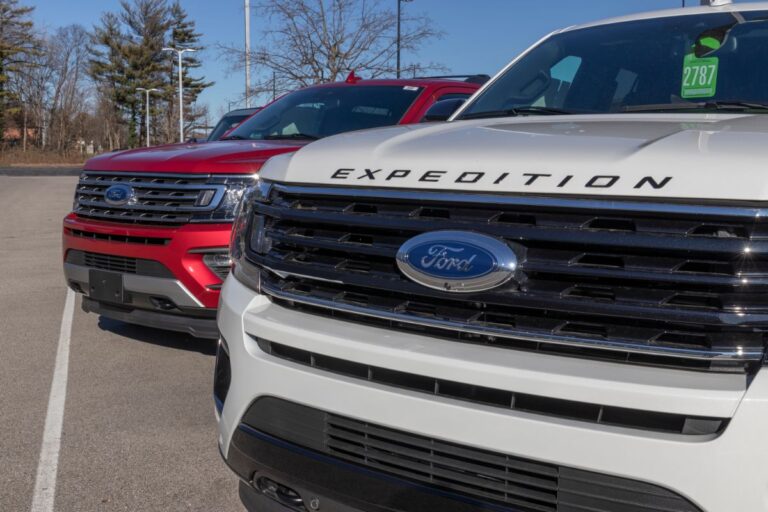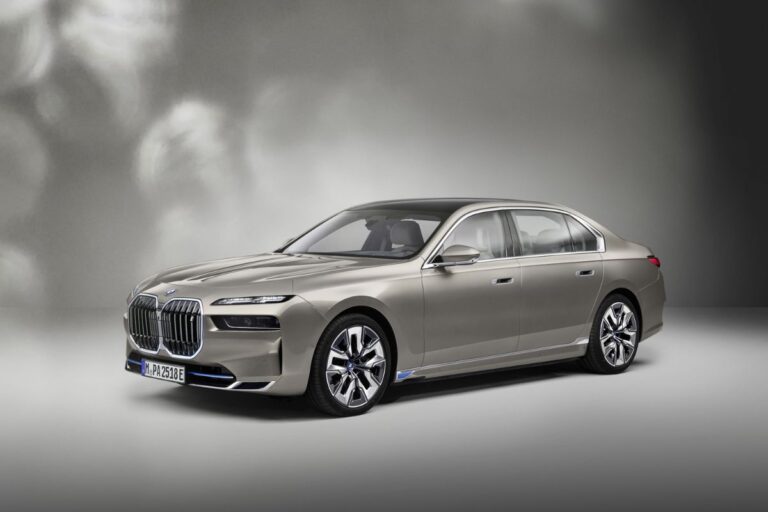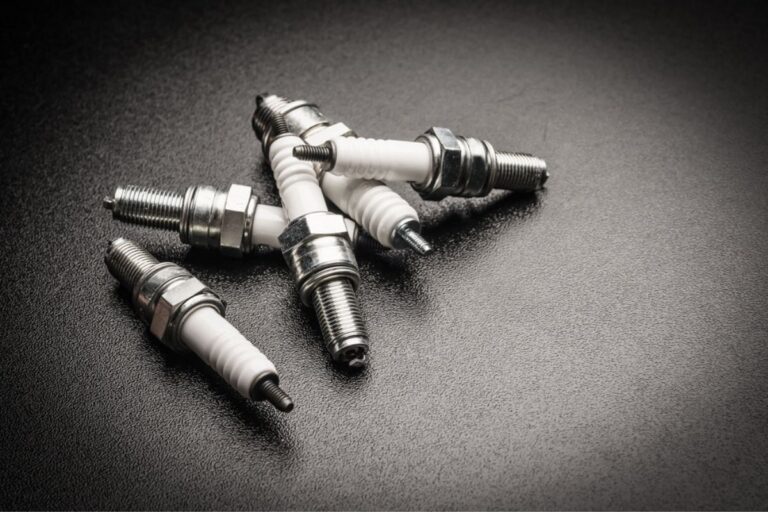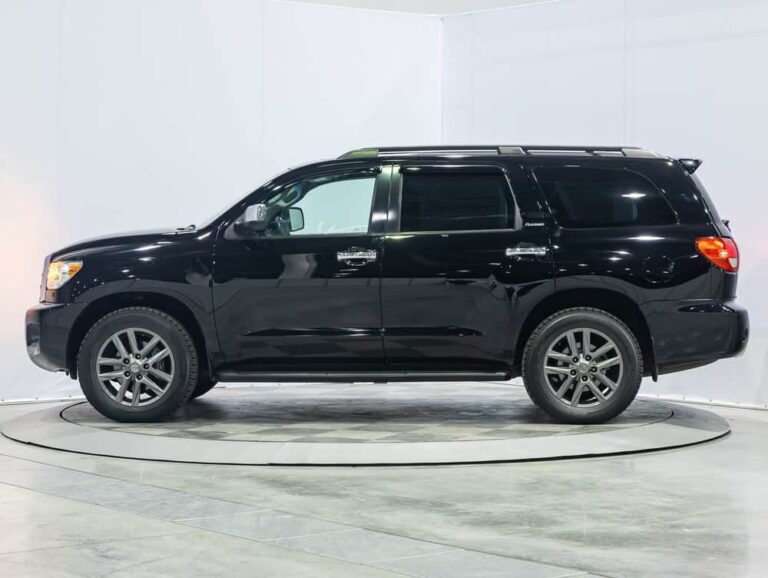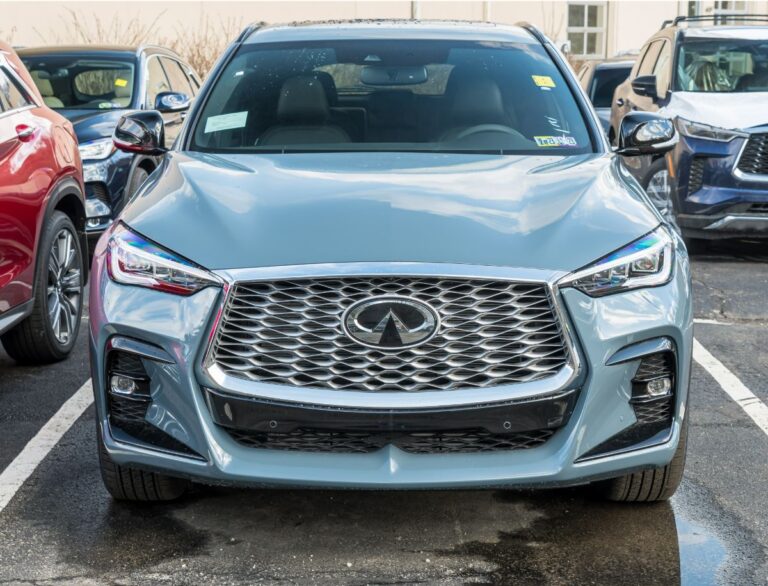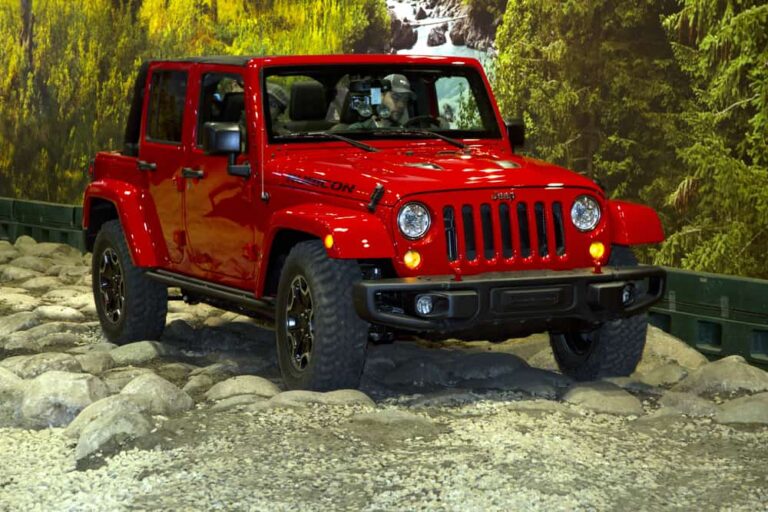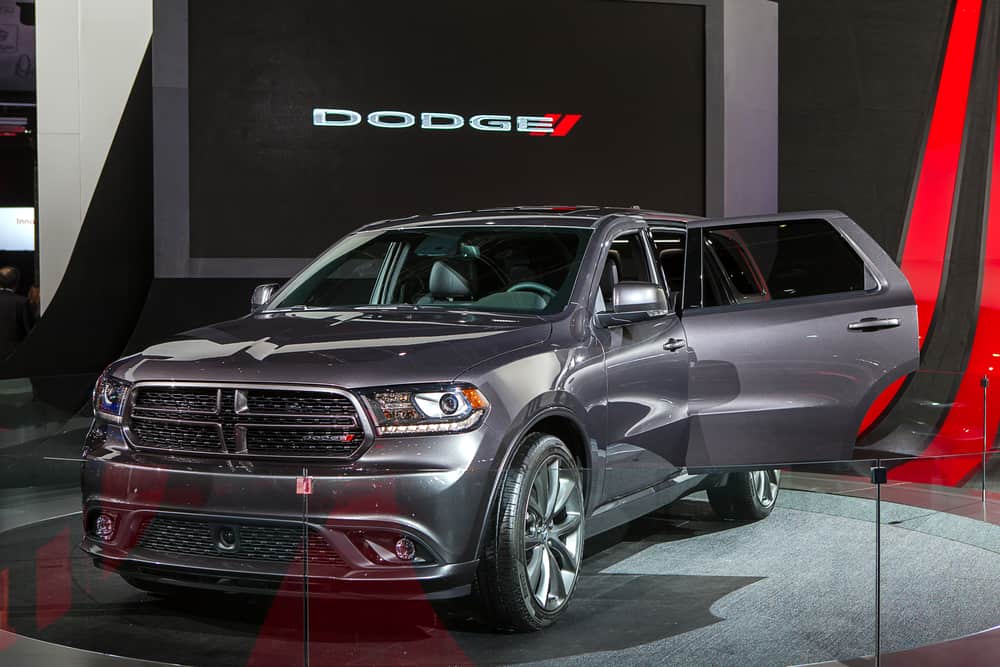
In the three-row SUV segment, there is a wide variety to choose from since the SUV craze sweeping the USA has picked up steam over the years. And, although the catalog is extensive, there is a lot to consider, with brands like Toyota and Dodge and having excellent products. So how do you know which is the right one for you?
The Toyota Highlander has been around for years and has built a solid reputation for safety and reliability. It is reasonably priced and offers a hybrid powertrain for improved fuel economy. The Dodge Durango has a thirsty but powerful V8 engine that can tow much more than the Highlander.
If you’re wondering which of these large-and-in-charge cars is the best for you, read on to see a comparison between space, comfort, capability, and affordability.
On The Outside
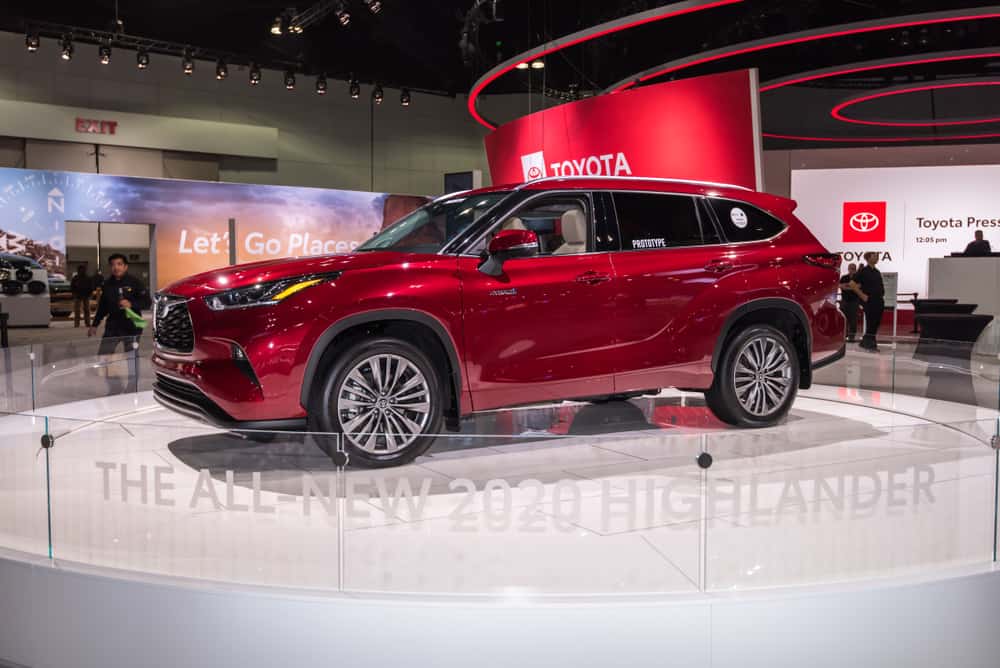
SUVs must have the shape and dimensions to match if they want to straddle the line between comfortable family hauling and assertive off-road dominance. And while the Toyota Highlander isn’t much of a looker, it certainly looks capable of managing whatever you throw at it. 18-inch wheels fill the arches of base models, while more expensive options have 20-inch alloys.
All trims get LED lights, and the models that aspire to be a little cheekier have a black mesh grille and bespoke lower-front spoiler. At the top of the range, you’ll find a power tilt-and-slide moonroof for an airier cabin. Still, the Highlander looks like most other Toyotas – inconspicuous yet unoffending.
Enter the Dodge Durango. Sure, it’s the same rather bland shape, but there’s a much more aggressive look about it, including a rear spoiler that harks back to SRT editions. All-LED lighting is standard, and the R/T models get a hood scoop that makes this seem much more than just a family carrier.
Wheel sizes on the Durango are between 18- and 19-inch alloys, but only the top-spec Citadel model has a sunroof as standard, and you’ll have to fork out a little more cash if you want to add this to the other models. In terms of looks alone, the Durango is a far better-looking vehicle.
Step Inside
Seating and Upholstery
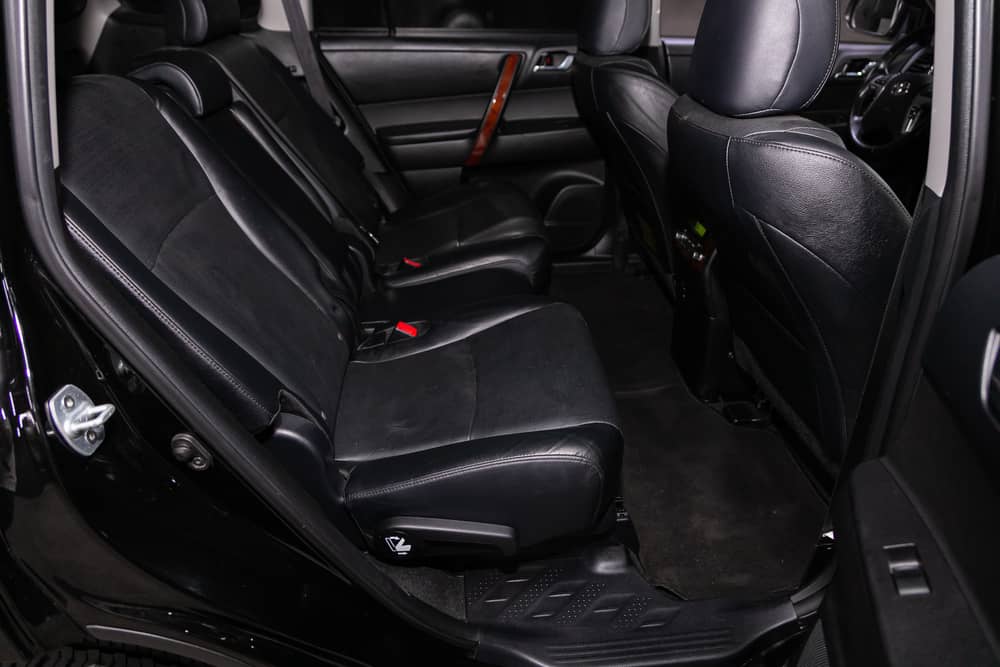
Off the bat, it’s worth noting that the Dodge Durango is a much bigger vehicle than the Highlander – its wheelbase is over 7.5 inches longer, which makes for a roomier cabin. Like the Highlander, it’s designed to seat passengers across three rows, but whereas the Toyota SUV can seat eight, the Durango seats seven.
Both vehicles have ample space in the first two rows, and the tight third-row seats are not a criticism that’s unique to these cars specifically – three-row SUVs rarely manage to create a comfortable third row for adults over long journeys.
High-quality cloth upholstery is standard on entry-level models. Still, you get leatherette from the mid-grade trims in the Highlander range, with genuine leather available only in the most expensive trims. The Durango skips straight to leather in mid-range models and offers posh Nappa leather for the Citadel trim, with a combination of black leather and suede on GT Plus and R/T models for that sporty vibe.
As is expected of a car that will house kids more often than not, hard-wearing plastics are abundant in both cabins, but we have to note the improvements and modernization of the Durango cockpit that puts it a few notches above the Toyota SUV in this comparison.
Cargo Space

Numbers count when it comes to cargo space, not just to passenger counts. In this regard, the Durango is expected to come out on top, considering its larger dimensions overall – and it doesn’t disappoint. Behind the third row of seats, you’ll find 17.2 cubic feet of space for cargo, which is a solid improvement over the 16 cubes available in the Highlander.
Folding the back row down opens up 43.3 cubic feet of space in the Durango, less than the 48.4 cubic feet the Highlander offers in this configuration. If you want to open up all the available cargo space, fold down the second row as well, and you’ll have 85.1 cubic feet in the Dodge and around 85 for the Highlander.
While the Toyota Highlander gives the most cargo space when all seats are folded down, if you’re planning to use this to drive more than five people around daily, the Durango offers more space behind the back seat for groceries, school bags, or other goodies.
Features And Infotainment

When buying a vehicle in this price range, you’d expect to find a host of comfort and convenience features included as standard. To that end, Toyota has been kind to buyers. The Highlander includes three-zone climate control, seat heating and ventilation on upper trims, power-adjustable front seats from the base model, and a variety of USB ports and charging outlets. Dodge’s competitor doesn’t have much over the Highlander in the lower end of the range.
Safety is an essential aspect of the segment. To this end, items like a rearview camera, pre-collision warning, cruise control, pedestrian detection, lane keep assist, blind-spot monitoring, front and rear park assist, and rear-cross traffic alert is important. The Highlander offers all of these, while the Durango is more sparsely equipped, and you need to move up through the range to really get the most from the Durango.
In terms of infotainment, Highlanders have an eight-inch touchscreen on entry-spec models with six standard speakers, but Apple CarPlay and Android Auto are standard, at least. You get access to a 12.3-inch display with a premium JBL sound system with 11 speakers in the higher-spec trims.
Dodge does the infotainment set up a little better, with an 8.4-inch touchscreen on the lower-end trims, growing to 10.1-inch on higher trims running the Uconnect 4C software. Audio options include a nine-speaker Alpine system and a 19-speaker Harman Kardon unit for the true audiophiles.
Under The Hood
Looking at the curb weight of these two SUVs indicates what kind of muscle is needed to get them going. With the Toyota Highlander weighing in between 4,100 pounds and around 4,600 lbs, the Durango seems overweight in comparison. The lightest Durango weighs approximately 4,700 lbs. and the heftiest tips the scales at 5,370 lbs. Let’s look at what’s under the hood of these behemoths.
Engine And Performance

Looking at the Dodge lineup first, it’s clear the main drive for getting the SUV moving is large, throaty engines. The two options available include a 3.6-liter V6 or a 5.7-liter Hemi V8 motor; both paired to an eight-speed automatic transmission. The V6 outputs are 293 hp and 260 lb-ft of torque, which surges to 360 hp and 390 lb-ft with the V8.
By contrast, the Highlander offers a 3.5-liter V6 with 295 hp and 263 lb-ft, and a hybrid option to appease the eco-warriors, which provides a combined 243 horses. Not that quick take-offs are the hallmark of the segment, but the Highlander can dash to 60 mph in around 7.3 seconds and tow a maximum of 5,000 lbs with the gas motor.
The Durango is heavier, but with its roaring V8, it will get to 60 mph in 6.2 seconds. It also fares better in towing; you can happily hitch and haul up to 8,700 lbs in the correct configuration with all the right equipment fitted.
Drive Experience
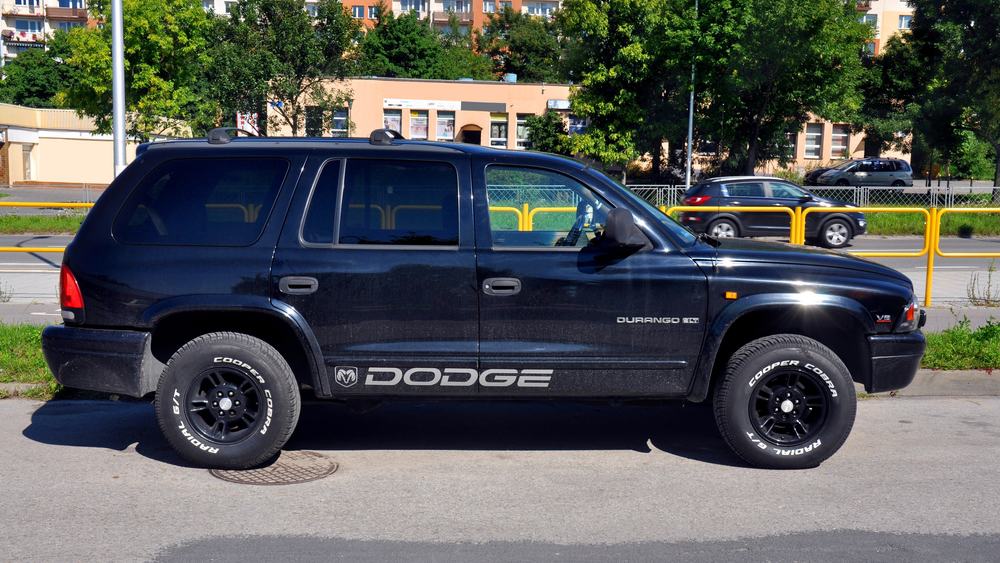
Unless you’re specifically looking for a performance-based SUV, there’s not much to expect in terms of drive and handling in a three-seater Utility Vehicle. Still, neither of these is a chore to pilot. There is minimal body lean through corners for both, although the Durango performed a little better in most test drives. Durango’s softer suspension makes for a comfortable drive.
Highlander fans will tout the compliant and comfortable ride too, and we don’t disagree – neither option is particularly engaging. Still, if we were pushed to choose one that stands out above the other, we’d have to opt for the Dodge. When it comes to off-roading, we’d think this through much more carefully, with the Toyota rising to the challenge much more readily.
At The Pumps
With large lumps under the hood, your fuel budget is sure to be a sore point. Luckily, the Toyota Highlander lineup comes with a hybrid option that achieves EPA-rated gas mileage of around 36/35/36 mpg on city/highway/combined cycles, while the gasoline variants will do around 21/29/24 mpg in front-wheel drive configurations. This drops just a tad when you select all-wheel drive instead.
The fuel economy is understandably woeful for Durango. With no eco-friendly option, the regular V6 models manage 19/26/24 mpg with front-wheel drive and 18/25/21 mpg with all-wheel drive. Choose the large-displacement V8, and you’re looking at 14/22/17 mpg. If buying an SUV for family vacations is in the cards, we’d suggest you stick with the Toyota offering.
Safety First

Carrying passengers requires reassurance that they will be kept safe. For this reason, ratings from the authorities are important. The Highlander comes with the thumbs-up from the NHTSA, seen in a full five-star overall rating. The IIHS echoed this sentiment and awarded the Toyota Highlander a Top Safety Pick+ award for the latest iteration.
The Dodge Durango did not do as well with the NHTSA ratings ranging from three stars for rollover tests to four out of five overall. The IIHS felt the same, with a few top scores and a few that weren’t as stellar. The Highlander comes out tops in terms of safety.
Pricing Comparison

Buying a family car has never been cheap, but Toyota produces reasonably-priced and affordable vehicles. The base Highlander costs around $35k with the gas engine, and if you want the hybrid, you’ll need at least $39k before options and destination charges. If you have a bigger budget, you can easily spec a top-end Highlander for close to $50k.
The Dodge Durango range starts with an MSRP of $32,5k for basic models, while around $46k is needed if you want to upgrade to a plusher trim with the V8 engine equipped. The top-spec Citadel breaks the $50k before you’ve added any bits and bobs or handling and delivery fees.
And The Winner Is…
Choosing a winner here is vastly dependent on your needs because both of these SUVs offer different advantages and excel in certain areas. Whereas the Toyota is superior in terms of safety, fuel economy, and price, the Durango is by far the better choice if you want luxury and massive towing capacity.
So, if you are looking for an affordable, comfortable family cruiser, opt for the Highlander. If you need a bit more muscle, you’ll do well with the Durango.
References:
Car and Driver: 2021 Toyota Highlander
U.S. News: Toyota Highlander Features
Car and Driver: Dodge Durango
U.S. News: Dodge Durango
National Highway Traffic Safety Administration
U.S. Department of Energy: Fuel Economy

